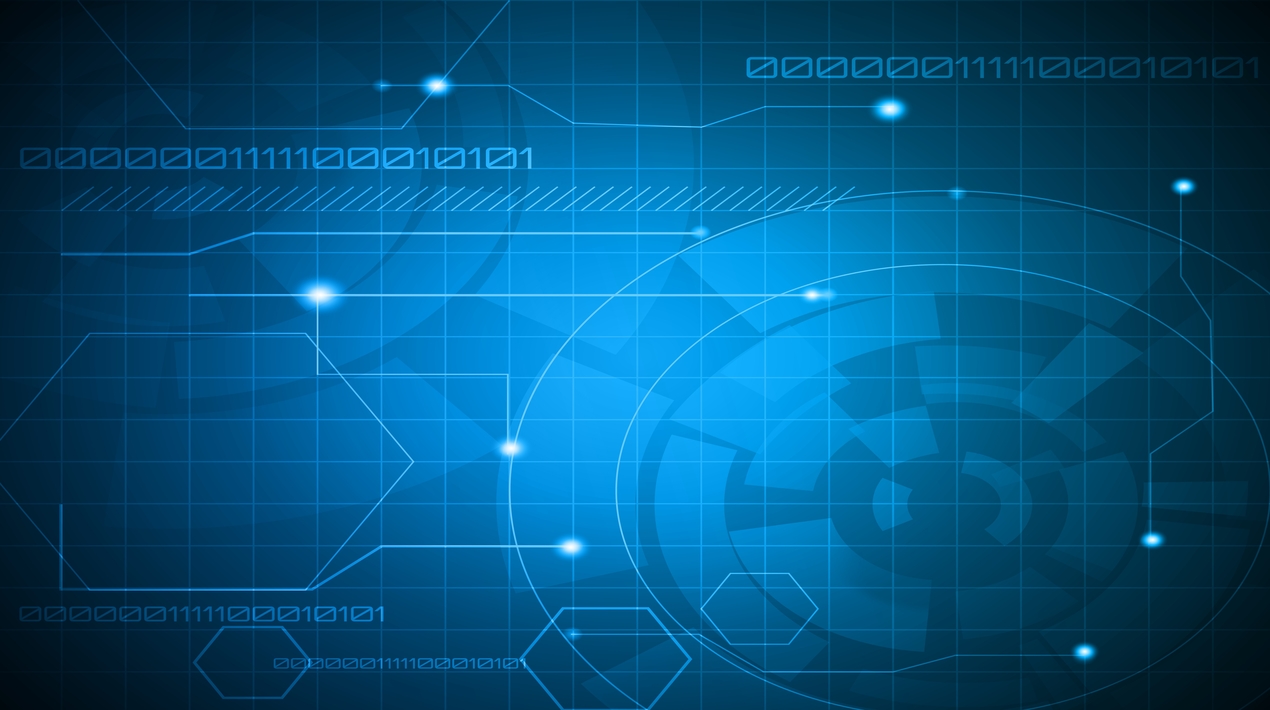
As cyber threats increase, becoming ever more sophisticated and evolving to match cyber resilience measures, new approaches and strategies are needed. Traditional ideas and methods that protect a tangible periphery no longer work, more so in the increasingly common remote workforce. These plans cannot be static but must be revisited periodically, upgraded frequently and monitored constantly.
Organisations that support the public and private sectors must be far more proactive than before, keeping a vigil on bad actors, both internal and external, foreign and domestic. Cyber resilience systems must learn to adapt to ever-morphing and clever attacks against core systems, infrastructure and equipment.
The cyberattack on the SolarWinds software build environment in December 2020 emphasises how dangerous the current landscape is and how concerned cyber resilience teams should be. The risk is no longer limited to a department or organisation but now threatens entire national functioning.
There is no doubt broad consensus and common development of sound practices across industry and government. Firm in their belief that transparency and cooperation are the best tools to help prevent and protect against future attacks, SolarWinds remains committed to sharing their learnings from the attack. Secure by Design is their guiding set of principles, with a focus on people, infrastructure and software development.
Their whitepaper, Setting the New Standard in Secure Software Development: The SolarWinds Next-Generation Build System is an excellent resource. Read on the learn more on software development and the build process improvements they’ve made in an accelerated timeline this year.

















